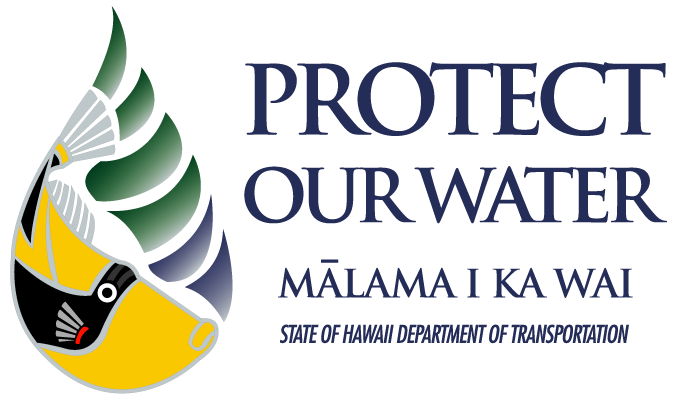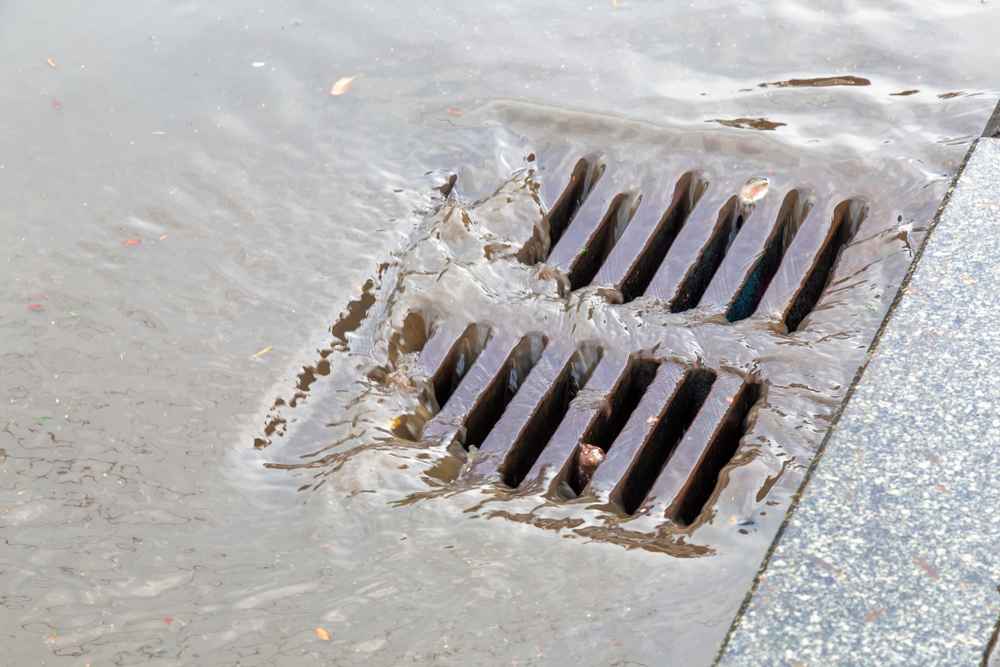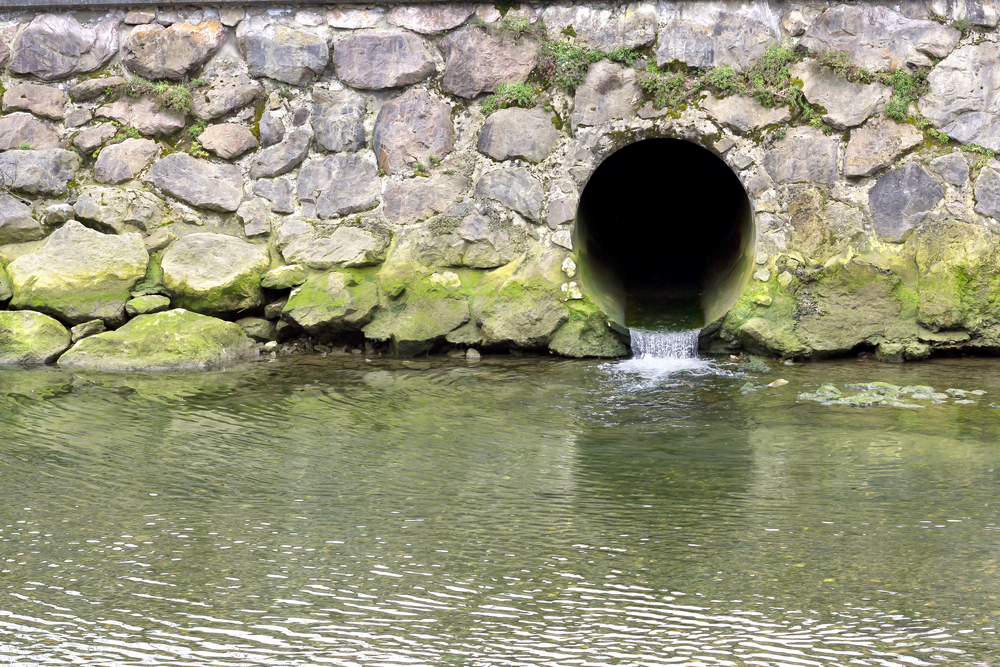Heavy rain washes debris, sediment, contaminated materials, and more from our streets into storm drains, all of which eventually reach the ocean. Storm water runoff can carry bacteria, trash, and other contaminants that harm ocean ecosystems, wild life, and public health. While this impact isn’t always visible, storm water pollution takes a huge toll on our community and our environment.
To protect our islands, the State of Hawaiʻi has established storm water management practices to combat and prevent pollution, which include best management practices, such as rain gardens and socks. These municipal policies regulate storm water infrastructure maintenance, reduce pollution, and keep our community clean.
National Pollutant Discharge Elimination System
The National Pollutant Discharge Elimination System (NPDES) program is a key component of the federal Clean Water Act and regulates the discharge of pollutants to U.S. waterways. According to the Hawaiʻi Department of Health, the program ensures permitted facilities comply with federal and state water pollution standards to protect public health and the environment.
Storm Water Management Program Plans
As part of NPDES permit requirements, permittees with storm water systems that discharge into State receiving waters, such as the Hawaii Department of Transportation (HDOT) and the City and County of Honolulu (CCH), must develop and implement a Storm Water Management Program Plan (SWMPP). A SWMPP is a comprehensive plan designed to control storm water runoff and prevent pollution within their drainage network. Each plan has a tailored approach to ensure all aspects of the permittee’s areas are properly managed, including strategies and tactics to prevent harmful materials from entering storm drains. Permittees also set their own rules about and limits for what can be discharged into their systems and conduct enforcement to ensure that they are in compliance with their permit requirements. According to the State of Hawaiʻi’s Office of Planning and Sustainable Development, SWMPPs address community-specific needs to provide long-term environmental protection.
Illegal Dumping and Storm Water Drain Connection
Only storm water should enter storm drains. It is illegal to discharge or dump substances, such as dirt, oil, trash, or chemicals, into storm drains. This includes discharges from construction sites, which still must take measures to prevent runoff from their site, even though they have a different kind of storm water permit. Illegal dumping directly pollutes our oceans and harms the quality and health of our local waters. It is also against the law to connect a private drain system, such as pipes from your home, business, or facility, to CCH or HDOT storm drains without a proper connection permit. These policies are in place to ensure that our storm drains are protected from harm and damage.
If you see anyone polluting or dumping into a storm drain, you can report it to the Hawaii Department of Health, HDOT or CCH to mālama i ka wai, or protect our waters.
Here are some other important resources on municipal storm water policies :
- The Clean Water Act
- Clean Water Act Section 401 Certifications
- How to Apply for a NPDES Permit
- History of the State of Hawai’i’s Clean Water Branch
- Storm Drainage Standards
By following the appropriate rules and regulations, we can all do our part to protect Hawaiʻi’s waters and keep our communities safe!
Sources: Department of Health, Storm Water Hawaiʻi



